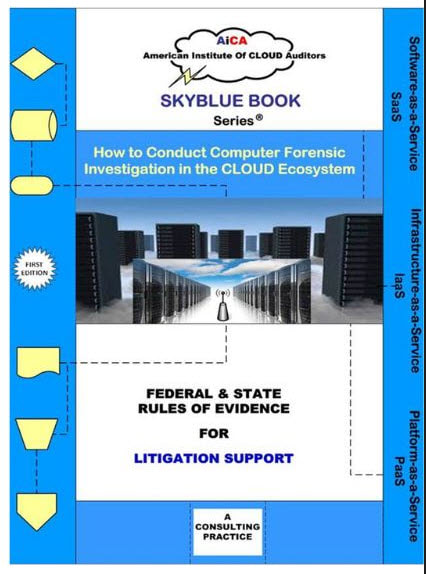Most IT auditing test cases require some level of Computer Forensic Investigation to verify the origin of electronic evidence. These test cases also require identification of the path the electronic evidence took and the number of hops the electronic evidence took to get to its final resting place in the ERP database or the financial statements database. Finally, financial auditors will needs to know the chain of custody of financial transactions that end up in financial statements.
In this Computer Forensic Investigation course you will learn about the various types of computer forensic tools used to trace, verify, and validate electronic evidence that culminate in the company's financial statement assertions.
In this Computer Forensic Investigation course you will learn about the various types of computer forensic tools used to trace, verify, and validate electronic evidence that culminate in the company's financial statement assertions.

